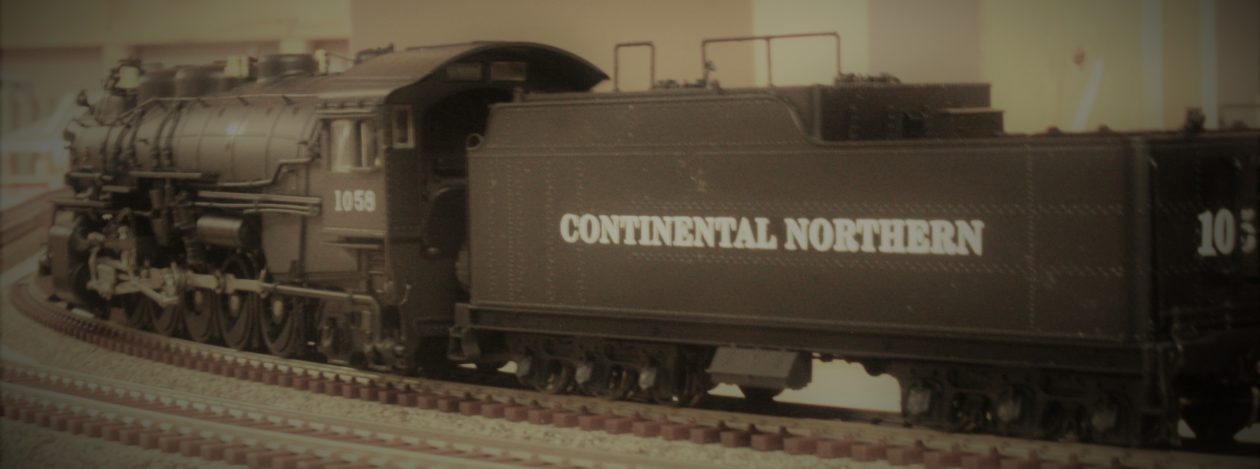As the Monty Python troupe used to say ” and now for something completely different”.
As I mentioned before my normal modus operandi was to continue collecting and building railroad “stuff” while in between layouts. I have plenty of extra buildings and freight cars, more then I could hope to get on my layout. In addition to this some of them won’t even fit my time period that I’m modeling.
Common sense took over in between my last layout and the one I’m currently building. I started out by building the ore boat and “Lakes” freighter, but while researching the ships and looking for detail parts I came across the world of scale model warships in 1/350th scale. Once I finished the two ships for the layout I kept myself busy building these ships.
Below are a few examples:




What has this have to do with my model railroad, other then I get to show off my model ships?
First, because of the scale and the finest of the details you can’t brush paint or use a rattle can. The details would simply disappear. One of the things that I collected while in between layouts were a couple of very nice airbrushes. One single action and one a double action. I never used them as I was afraid to, but wanting to do these ships justice I started using them and found that they are actually very easy to use. I’m sure to those of you who use them, you are sitting back going “DUH” but until you do it you don’t know. Now I have no problem grabbing one to paint something no matter how small the project.
In addition to using the airbrushes, I have developed killer masking skills. When doing the camouflage paint schemes you have a lot of masking as is evident on the USS Missouri. I look forward to carry this over to the railroad in developing new or refined paint schemes for the Continental Northern equipment.
The second thing is research. While building the ships, I wanted to make sure that they were accurate in detail and paint scheme. While researching I found interesting facts about the ships which in turn made me want to do further research. You find interesting little stories and facts as you dig around. An example would be as follows. If you look closely at the picture of the USS Arizona amidships ( sorry, the camera moved and the picture is a little blurry ) you will notice the platform on the top of the forward observation post as well as the empty gun tub amidships. The base at Pearl Harbor was more of a maintenance base then a major repair yard. The yard at Pearl did what work they could, but could not install the anti aircraft radar on the upper platform or do the upgrade and addition of the anti aircraft guns. This work was scheduled to be done in the ship yards in Washington state and was to be done in early December of 1941. But because of a backlog of work it was rescheduled to early 1942. By all rights the Arizona should not have been in Pearl Harbor on the morning of December 7th, 1941.
In the past research to me was a quick reference on the internet to see if something was present in the timeframe of my railroad. If it was, great, if not, oh well. Now I find that I dig a little deeper, wanting to know the how’s and why. For the railroad an example would be as follows. I wanted an ore boat but did not want to model an ore dock. They are huge and I did not want to commit to that much space. But a little research showed that they also carried coal up from the lower lakes to Duluth. And there you go, I get my ore boat and a source of revenue for the railroad.
They say model railroading is a learning process. We learn to do drafting work in designing the layout or use a CAD program if you are more into computers. A little structural engineering to make sure it will hold up. Then there is learning the basics of carpentry. After that or in conjunction depending on how you roll is electrical work. Once you have the trackwork in there are several different disciplines in art, painting/weathering, carving or working with plaster, perspective, etc. With DCC there is now computer work also. But whether you are freelancing or modeling a prototype, you need to know why it was there and how it did it.
Research.
Happy railroading.
P.S. : to those who stumbled across this post looking for something to do with Monty Python, I’m apologize, but thanks for reading through.
